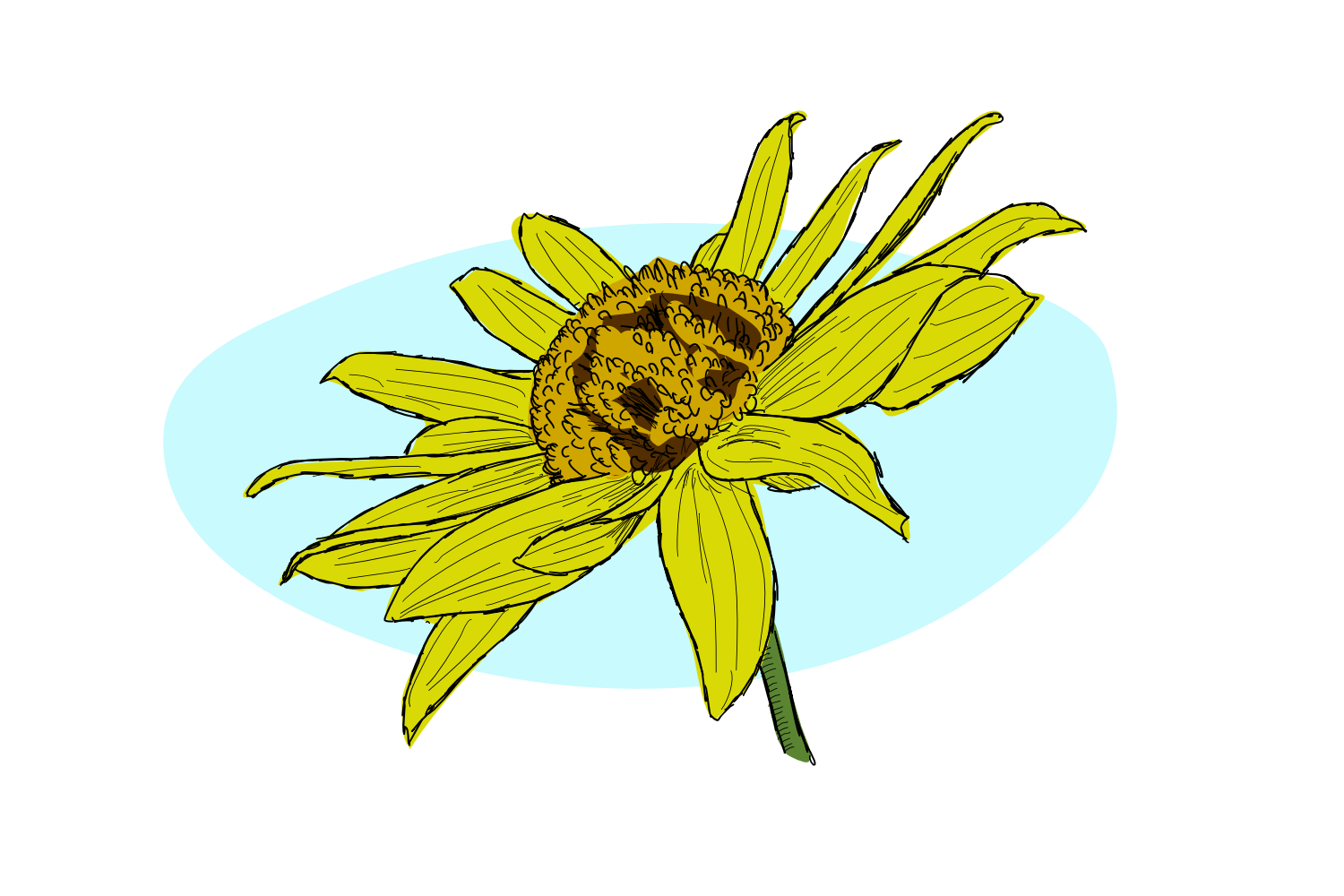According to the ever-wise wikipedia, today- the second Friday of March- is ‘Solar Appreciation Day’.
There doesn’t seems to be much information about this one around, beyond the fact that the day is suppose to highlight the possibility of using Solar energy, and other renewable energy sources, to power this planet. Which generally seems like a pretty good idea.
Of course, we tend to be a little obsessive with our own planty narrative, so when we think of appreciating the sun, we tend to go straight back to our green friends.
Plants are the ultimate appreciators of the sun. And amongst them, none moreso than the sunflower, which not only takes its energy from the sun, but also tracks the glowing star across the sky throughout the day, and even goes so far as to look like the thing. They say imitation is the sincerest form of flattery.
Recently, I came across a particularly cool story about a specific sunflower species. Helianthus verticillatus, also known as the giant whorled sunflower, is extremely rare. It was first discovered in 1892, but then believed to be extinct until rediscovery in 1994. Today, it exists in just four locations within the USA.
In order to legally protect any species, it’s important to know both what that species is, and how many of them are present in the wild. Which is where the research of a PhD student, Jennifer Ellis (now Jennifer Ellis Mandel), came in. Ellis made two important genetic discoveries about H. verticillatus. First, she showed that the species was not simply a hybrid of two more common sunflower species, as previously believed, but was actually a unique species requiring protection. Secondly, she demonstrated, by sequencing multiple individuals in the population, that many of the apparently different plants were in fact clonal replicates of a single individual. This indicated that the genetic diversity, and therefore the effective population number of the species was much lower than previously believed, highlighting the need for urgent conservation.
Together, Ellis’ work helped secure the legal status of this solar worshiper, and helped ensure its survival into the future.
You can read more about this story over here, or listen to our discussion (and hear me awkwardly mispronounce ‘verticillatus‘ about 10 times, on our podcast episode, Sunflower Bros.
